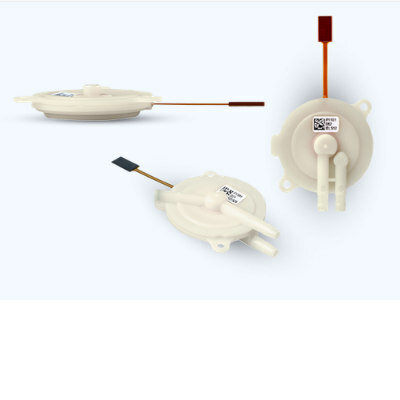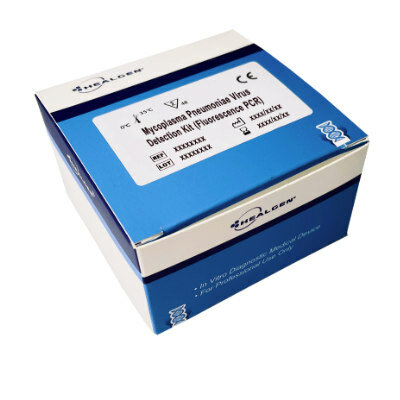Altered Perivascular Fibroblast Activity Precedes ALS Disease Onset
|
By LabMedica International staff writers Posted on 28 Apr 2021 |

Image: Altered Perivascular Fibroblast Activity Precedes Amyotrophic Lateral Sclerosis Onset (Photo courtesy of Karolinska Institutet)
Amyotrophic lateral sclerosis (ALS) is a neurodegenerative disease of the motor neurons that eventually causes muscular atrophy, paralysis and death. There is currently no cure. The cause of ALS is only understood in the 5% to 10% of patients who have an inherited form of the disease.
ALS patients demonstrate high variability of age at onset, non-motor symptoms and survival. In recent years, scientists have shifted focus from neurological explanations to these differences, and has taken an interest, for example, in the cerebral vascular system, which delivers oxygen and nutrients to brain tissue.
Scientists specializing in Affinity Proteomics at the Karolinska Institutet (Stockholm, Sweden) and their international colleagues used an expression-weighted cell-type enrichment method to infer cell activity in spinal cord samples from patients with sporadic ALS and mouse models of this disease. They examined the levels of a large number of potential marker proteins in the plasma of 574 patients with a recent ALS diagnosis and 504 healthy controls from four countries.
The team reported that patients with sporadic ALS present cell activity patterns consistent with two mouse models in which enrichments of vascular cell genes preceded microglial response. Notably, during the presymptomatic stage, perivascular fibroblast cells showed the strongest gene enrichments, and their marker proteins Secreted Phosphoprotein 1 (SPP1) and Collagen Type VI Alpha 1 Chain (COL6A1) accumulated in enlarged perivascular spaces in patients with sporadic ALS. Moreover, in plasma of 574 patients with ALS from four independent cohorts, increased levels of SPP1 at disease diagnosis repeatedly predicted shorter survival with stronger effect than the established risk factors of bulbar onset or neurofilament levels in cerebrospinal fluid.
Anna Månberg, PhD, the first author of the study, said, “It is exciting to see how the results from our protein profiling could be connected to the long range of cellular and molecular analysis that we have done and reveal the identified association to disease progression.”
The authors concluded that the activity of the recently discovered perivascular fibroblast can predict survival of patients with ALS and provide a new conceptual framework to re-evaluate definitions of ALS etiology. The study was published on April 15, 2021 in the journal Nature Medicine.
Related Links:
Karolinska Institutet
ALS patients demonstrate high variability of age at onset, non-motor symptoms and survival. In recent years, scientists have shifted focus from neurological explanations to these differences, and has taken an interest, for example, in the cerebral vascular system, which delivers oxygen and nutrients to brain tissue.
Scientists specializing in Affinity Proteomics at the Karolinska Institutet (Stockholm, Sweden) and their international colleagues used an expression-weighted cell-type enrichment method to infer cell activity in spinal cord samples from patients with sporadic ALS and mouse models of this disease. They examined the levels of a large number of potential marker proteins in the plasma of 574 patients with a recent ALS diagnosis and 504 healthy controls from four countries.
The team reported that patients with sporadic ALS present cell activity patterns consistent with two mouse models in which enrichments of vascular cell genes preceded microglial response. Notably, during the presymptomatic stage, perivascular fibroblast cells showed the strongest gene enrichments, and their marker proteins Secreted Phosphoprotein 1 (SPP1) and Collagen Type VI Alpha 1 Chain (COL6A1) accumulated in enlarged perivascular spaces in patients with sporadic ALS. Moreover, in plasma of 574 patients with ALS from four independent cohorts, increased levels of SPP1 at disease diagnosis repeatedly predicted shorter survival with stronger effect than the established risk factors of bulbar onset or neurofilament levels in cerebrospinal fluid.
Anna Månberg, PhD, the first author of the study, said, “It is exciting to see how the results from our protein profiling could be connected to the long range of cellular and molecular analysis that we have done and reveal the identified association to disease progression.”
The authors concluded that the activity of the recently discovered perivascular fibroblast can predict survival of patients with ALS and provide a new conceptual framework to re-evaluate definitions of ALS etiology. The study was published on April 15, 2021 in the journal Nature Medicine.
Related Links:
Karolinska Institutet
Latest Pathology News
- Spit Test More Accurate at Identifying Future Prostate Cancer Risk
- DNA Nanotechnology Boosts Sensitivity of Test Strips
- Novel UV and Machine Learning-Aided Method Detects Microbial Contamination in Cell Cultures
- New Error-Corrected Method to Help Detect Cancer from Blood Samples Alone
- "Metal Detector" Algorithm Hunts Down Vulnerable Tumors
- Novel Technique Uses ‘Sugar’ Signatures to Identify and Classify Pancreatic Cancer Cell Subtypes
- Advanced Imaging Reveals Mechanisms Causing Autoimmune Disease
- AI Model Effectively Predicts Patient Outcomes in Common Lung Cancer Type
- AI Model Predicts Patient Response to Bladder Cancer Treatment
- New Laser-Based Method to Accelerate Cancer Diagnosis
- New AI Model Predicts Gene Variants’ Effects on Specific Diseases
- Powerful AI Tool Diagnoses Coeliac Disease from Biopsy Images with Over 97% Accuracy
- Pre-Analytical Conditions Influence Cell-Free MicroRNA Stability in Blood Plasma Samples
- 3D Cell Culture System Could Revolutionize Cancer Diagnostics
- Painless Technique Measures Glucose Concentrations in Solution and Tissue Via Sound Waves
- Skin-Based Test to Improve Diagnosis of Rare, Debilitating Neurodegenerative Disease
Channels
Molecular Diagnostics
view channel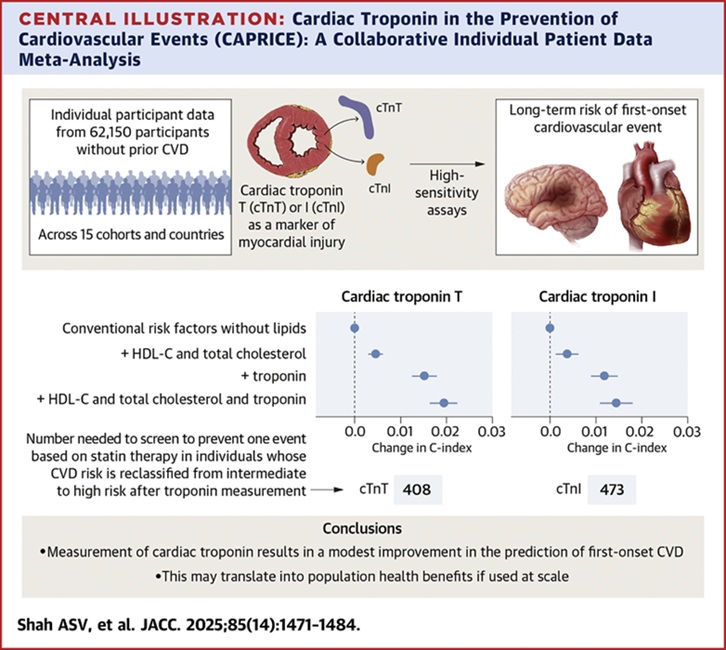
Simple Blood Test Improves Heart Attack and Stroke Risk Prediction
Troponin is a protein found in heart muscle cells that is released into the bloodstream when the heart is damaged. High-sensitivity troponin blood tests are commonly used in hospitals to diagnose heart... Read more
Blood Biomarker Test Could Detect Genetic Predisposition to Alzheimer’s
New medications for Alzheimer’s disease, the most common form of dementia, are now becoming available. These treatments, known as “amyloid antibodies,” work by promoting the removal of small deposits from... Read more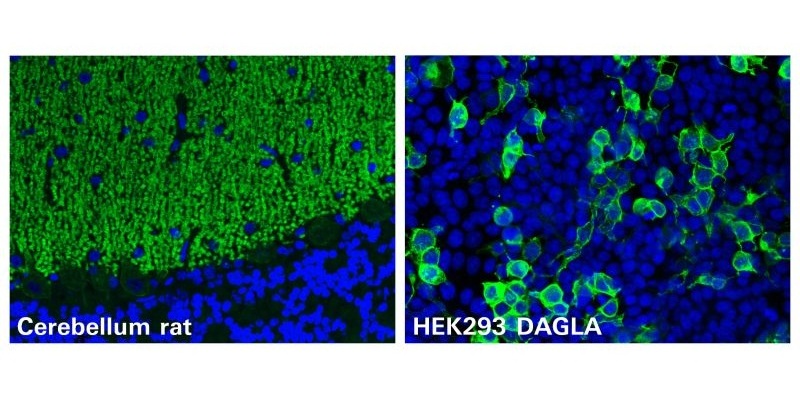
Novel Autoantibody Against DAGLA Discovered in Cerebellitis
Autoimmune cerebellar ataxias are strongly disabling disorders characterized by an impaired ability to coordinate muscle movement. Cerebellar autoantibodies serve as useful biomarkers to support rapid... Read more
Gene-Based Blood Test Accurately Predicts Tumor Recurrence of Advanced Skin Cancer
Melanoma, an aggressive form of skin cancer, becomes extremely difficult to treat once it spreads to other parts of the body. For patients with metastatic melanoma tumors that cannot be surgically removed... Read moreHematology
view channel
New Scoring System Predicts Risk of Developing Cancer from Common Blood Disorder
Clonal cytopenia of undetermined significance (CCUS) is a blood disorder commonly found in older adults, characterized by mutations in blood cells and a low blood count, but without any obvious cause or... Read more
Non-Invasive Prenatal Test for Fetal RhD Status Demonstrates 100% Accuracy
In the United States, approximately 15% of pregnant individuals are RhD-negative. However, in about 40% of these cases, the fetus is also RhD-negative, making the administration of RhoGAM unnecessary.... Read moreImmunology
view channel
Stem Cell Test Predicts Treatment Outcome for Patients with Platinum-Resistant Ovarian Cancer
Epithelial ovarian cancer frequently responds to chemotherapy initially, but eventually, the tumor develops resistance to the therapy, leading to regrowth. This resistance is partially due to the activation... Read more
Machine Learning-Enabled Blood Test Predicts Immunotherapy Response in Lymphoma Patients
Chimeric antigen receptor (CAR) T-cell therapy has emerged as one of the most promising recent developments in the treatment of blood cancers. However, over half of non-Hodgkin lymphoma (NHL) patients... Read moreMicrobiology
view channel
Handheld Device Delivers Low-Cost TB Results in Less Than One Hour
Tuberculosis (TB) remains the deadliest infectious disease globally, affecting an estimated 10 million people annually. In 2021, about 4.2 million TB cases went undiagnosed or unreported, mainly due to... Read more
New AI-Based Method Improves Diagnosis of Drug-Resistant Infections
Drug-resistant infections, particularly those caused by deadly bacteria like tuberculosis and staphylococcus, are rapidly emerging as a global health emergency. These infections are more difficult to treat,... Read more
Breakthrough Diagnostic Technology Identifies Bacterial Infections with Almost 100% Accuracy within Three Hours
Rapid and precise identification of pathogenic microbes in patient samples is essential for the effective treatment of acute infectious diseases, such as sepsis. The fluorescence in situ hybridization... Read morePathology
view channel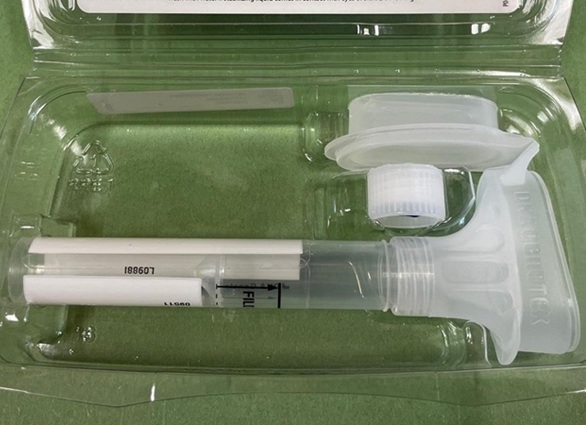
Spit Test More Accurate at Identifying Future Prostate Cancer Risk
Currently, blood tests that measure the level of a protein called prostate-specific antigen (PSA) are commonly used to identify men at higher risk for prostate cancer. This test is typically used based... Read moreDNA Nanotechnology Boosts Sensitivity of Test Strips
Since the Covid-19 pandemic, most people have become familiar with paper-based rapid test strips, also known as lateral flow immunoassays (LFIAs). These tests are used to quickly detect biomarkers that... Read more
Novel UV and Machine Learning-Aided Method Detects Microbial Contamination in Cell Cultures
Cell therapy holds great potential in treating diseases such as cancers, inflammatory conditions, and chronic degenerative disorders by manipulating or replacing cells to restore function or combat disease.... Read moreTechnology
view channel
Disposable Microchip Technology Could Selectively Detect HIV in Whole Blood Samples
As of the end of 2023, approximately 40 million people globally were living with HIV, and around 630,000 individuals died from AIDS-related illnesses that same year. Despite a substantial decline in deaths... Read more
Pain-On-A-Chip Microfluidic Device Determines Types of Chronic Pain from Blood Samples
Chronic pain is a widespread condition that remains difficult to manage, and existing clinical methods for its treatment rely largely on self-reporting, which can be subjective and especially problematic... Read more
Innovative, Label-Free Ratiometric Fluorosensor Enables More Sensitive Viral RNA Detection
Viruses present a major global health risk, as demonstrated by recent pandemics, making early detection and identification essential for preventing new outbreaks. While traditional detection methods are... Read moreIndustry
view channel
Cepheid and Oxford Nanopore Technologies Partner on Advancing Automated Sequencing-Based Solutions
Cepheid (Sunnyvale, CA, USA), a leading molecular diagnostics company, and Oxford Nanopore Technologies (Oxford, UK), the company behind a new generation of sequencing-based molecular analysis technologies,... Read more
Grifols and Tecan’s IBL Collaborate on Advanced Biomarker Panels
Grifols (Barcelona, Spain), one of the world’s leading producers of plasma-derived medicines and innovative diagnostic solutions, is expanding its offer in clinical diagnostics through a strategic partnership... Read more







